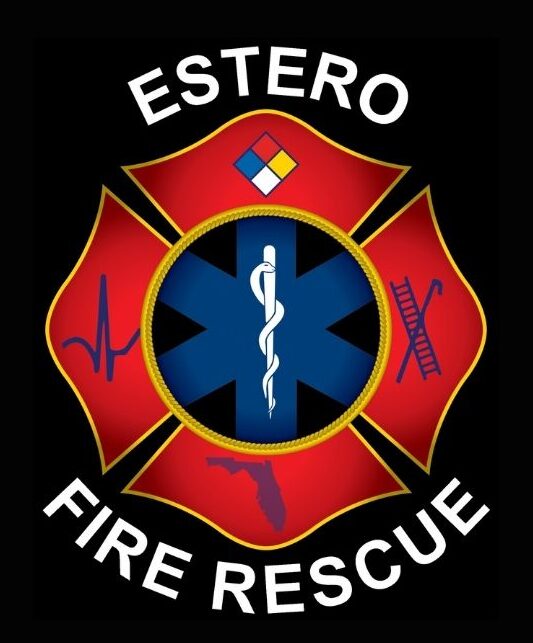![pic_1[1]](/wp-content/uploads/pic_11.jpg)
As summer draws to an end and students return to classes, Estero Fire Rescue reminds you not to let home safety take a back seat. Each year, more than 2 million cases of poisoning are reported to the nation’s poison control centers with a majority of these calls involving a small child.
Children are at High Risk
Take time to do a check of your home, at your child’s eye level, to make sure hazards are in their original containers and out of your child’s reach. Here are a few things to look for from Estero Fire Rescue and the National Fire Safety Council when making your Poison Safety Checklist:
- Cleaning products, pest control and household chemicals are what first come to mind when poison safety is mentioned because they are readily available in most homes.
- Take time to make sure that the products you choose are in child-resistant containers.
- Always read the labels before using any products and make sure to keep them out of reach.
- Mixing products, such as bleach and ammonia, can create poisonous gasses.
- NEVER mix cleaning products or household chemicals.
Medications are Especially Dangerous
![aspirin-bottle[1]](/wp-content/uploads/aspirin-bottle1.jpg) Aspirins, vitamins, and over the counter and prescription medications are all in the top ten poisons and are attributed to 40% of the reports cases each year. Make sure to lock of all medications in high cabinets with a safety latch. Store medication sin their original bottles to help with identification and provide important label information should a poisoning occur. One out of six ingestions involves a grandparent’s medication. Make sure your medications are out of reach of children, including Grandma’s purse.
Aspirins, vitamins, and over the counter and prescription medications are all in the top ten poisons and are attributed to 40% of the reports cases each year. Make sure to lock of all medications in high cabinets with a safety latch. Store medication sin their original bottles to help with identification and provide important label information should a poisoning occur. One out of six ingestions involves a grandparent’s medication. Make sure your medications are out of reach of children, including Grandma’s purse.
Household plants can cause problems for children as well as pets. Some plants can cause skin irritations, illness or death if consumed. Learn which plants are around your house and eliminate them. Replant safe foliage with the help of your local library, garden center or university botany department.
Don’t forget about poisonous fumes and gases, such as Carbon Monoxide. Fume poisoning occurs as a result of carbon monoxide build-up from anything that burns fuel, such as a vehicle exhaust, generator or grill. Always use these items in well ventilated areas and have at least one working carbon monoxide detector in your home.
How to Respond
![poison-control-Logo_2004_small[1]](/wp-content/uploads/poison-control-Logo_2004_small1.jpg)
If a poisoning is suspected, here are some tips on what to do:
- Don’t wait for symptoms. Phone the Poison Control Center right away at 1-800-222-1222. Quite often the problem can be handled over the phone if you call quickly.
- Locate the substance or its packaging so that information can be given to the Poison Control Center. To identify the poison involved, look for empty, open or spilled containers, open medicine cabinets, burns around the mouth, room odors or uprooted or damaged plants.
- When calling, identify yourself. Give your name, relationship to the victim, phone numbers and address. You will also need to identify the victim and give their name, age, weight, medical conditions and symptoms.
- Give a description or name of the poison, the estimated amount used and the time of the poisoning. Report if the victim has vomited.
- Follow the instructions of the Poison Control Center. Never give a victim any foods, drinks or medications unless instructed to do so. The experts will tell you what to do and will phone an ambulance if it is necessary.
More Info Visit the National Poison Center website at www.poision.org
